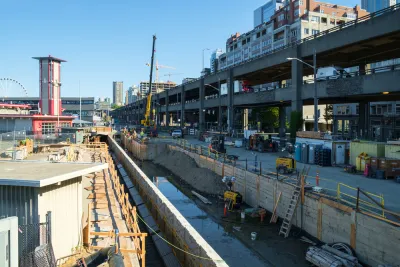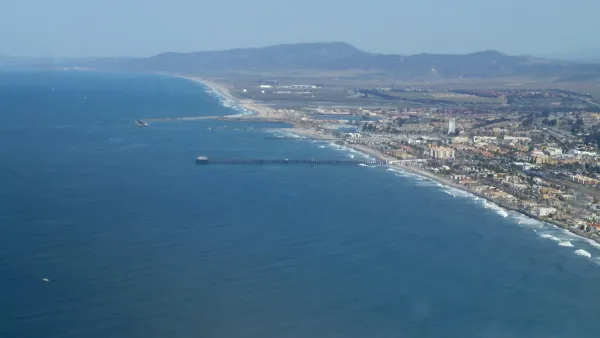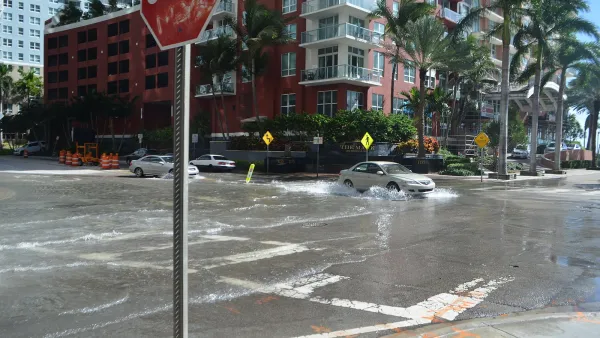Engineers and scientists in Seattle are testing a new generation of shoreline infrastructure that hopefully can do a better job of letting people and wild animals—in this case salmon—coexist.

Ken Christensen tells the story of Seattle's new $140 million seawall—an underappreciated but critical piece of infrastructure.
Christensen describes the seawall as an ongoing experiment in habitat restoration, in addition to the brute strength it provides to keep the rising tides at bay. Jeff Cordell, a fish biologist at the University of Washington, is quoted in the article saying the new Alaskan Way seawall is the first of its scale to try to improve habitat for fish.
For 80 years, the Alaskan Way seawall was like most: a smooth, vertical slab of concrete that held back the sea for the city’s bustling waterfront. It helped cement Seattle’s status as a commercial hub and deepwater port, but also sealed the fate of salmon habitat, locking away miles of gradually sloping beaches.
Now:
The new seawall should make life easier by featuring an underwater corridor for the fish to pass through on their way to the ocean. It’s illuminated by glass tiles in the pedestrian sidewalk above and filled with rocky surfaces where microalgae and small marine invertebrates are more likely to survive.
In the early days of the new seawall, the project shows promise, as filamentous microalgae has begun to show at low tide, which will make the new sea wall a more attractive environment for fish. If the experiment is successful, the new seawall could be a model for other coastal communities around the world, faced with the prospects of rising sea levels as a result of climate change.
FULL STORY: Can Seattle’s Seawall Defend The City And Protect Salmon, Too?

National Parks Layoffs Will Cause Communities to Lose Billions
Thousands of essential park workers were laid off this week, just before the busy spring break season.

Retro-silient?: America’s First “Eco-burb,” The Woodlands Turns 50
A master-planned community north of Houston offers lessons on green infrastructure and resilient design, but falls short of its founder’s lofty affordability and walkability goals.

Delivering for America Plan Will Downgrade Mail Service in at Least 49.5 Percent of Zip Codes
Republican and Democrat lawmakers criticize the plan for its disproportionate negative impact on rural communities.

Test News Post 1
This is a summary

Test News Headline 46
Test for the image on the front page.

Balancing Bombs and Butterflies: How the National Guard Protects a Rare Species
The National Guard at Fort Indiantown Gap uses GIS technology and land management strategies to balance military training with conservation efforts, ensuring the survival of the rare eastern regal fritillary butterfly.
Urban Design for Planners 1: Software Tools
This six-course series explores essential urban design concepts using open source software and equips planners with the tools they need to participate fully in the urban design process.
Planning for Universal Design
Learn the tools for implementing Universal Design in planning regulations.
EMC Planning Group, Inc.
Planetizen
Planetizen
Mpact (formerly Rail~Volution)
Great Falls Development Authority, Inc.
HUDs Office of Policy Development and Research
NYU Wagner Graduate School of Public Service





























